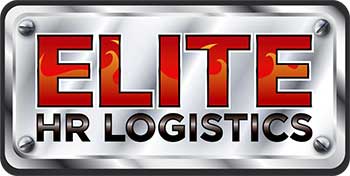Fleet Safety Program
Click on "Agree & Sign" to legally sign this document and agree to the WP E-Signature Terms of Use. If you have questions about the contents of this document, you can email the document owner.
Document Name: Fleet Safety Program
Click on "Agree & Sign" to legally sign this document and agree to the WP E-Signature Terms of Use.
